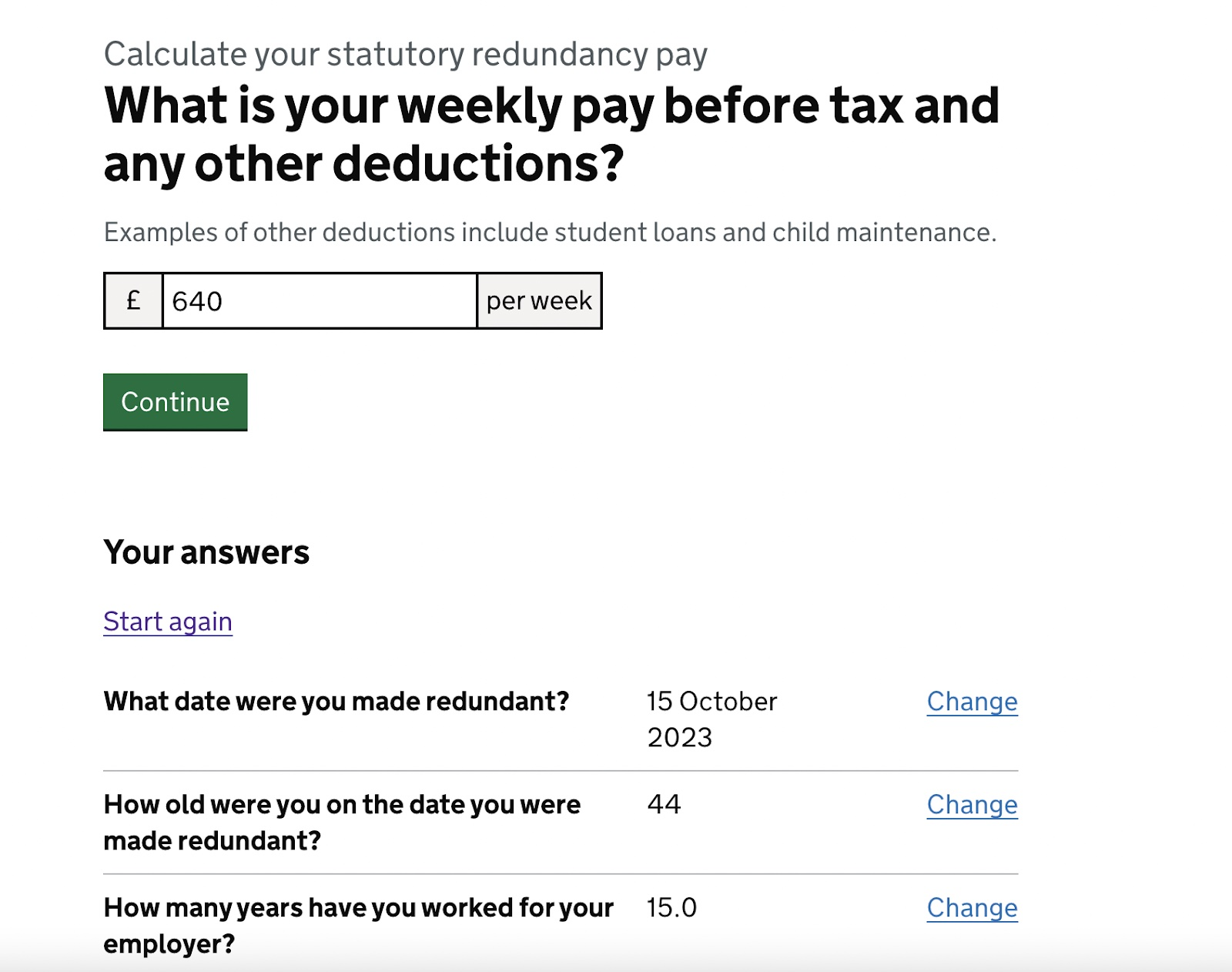Your Rights to Redundancy If Company Goes Bust: UK Employee Protections
Your Rights to Redundancy If Company Goes Bust: UK Employee Protections
Blog Article
Exploring the Operational Characteristics of Firm Redundancy and Its Long-Term Sustainability

Redundancy Methods for Company Connection
In order to guarantee undisturbed operations, organizations should apply effective redundancy techniques for organization continuity. Redundancy in this context describes the duplication of important components or functions within a system to reduce the effect of prospective failures. By including redundancy approaches, organizations can enhance their resilience versus interruptions created by different factors such as natural calamities, devices failures, or cyber-attacks.
One common redundancy strategy is the implementation of back-up systems and data storage space options. This involves producing matches of necessary data and systems that can be activated in instance of a main system failing. Additionally, companies can develop repetitive interaction networks and power resources to preserve connectivity and procedures throughout unpredicted events.
Moreover, cross-training workers to carry out numerous duties within the firm can act as an important redundancy approach. This ensures that essential tasks can still be performed also if essential personnel are not available because of disease or various other factors. On the whole, effective redundancy techniques are crucial for companies to promote operational connection and reduce the impact of prospective interruptions.
Impact of Redundancy on Business Durability
Provided the critical function redundancy strategies play in guaranteeing business connection, discovering the effect of redundancy on organizational resilience becomes necessary for understanding the holistic functional characteristics of a business. Business durability refers to an entity's capability to adjust to disturbances, recoup from obstacles, and change when required while maintaining core features. Redundancy, when tactically implemented, can substantially contribute to improving an organization's strength despite unforeseen difficulties. By having back-up systems, employees, or processes in position, business can much better hold up against shocks and continue procedures with minimal interruption.
Additionally, redundancy can foster development and imagination within a company as employees feel encouraged to take calculated risks, recognizing that there is a safety internet to support them in instance of failure. Overall, the influence of redundancy on organizational resilience is extensive, shaping the lasting sustainability and success of a business.
Stabilizing Performance and Adaptability in Redundancy
Attaining a harmonious balance in between functional efficiency and adaptive flexibility is a critical obstacle in the tactical release of redundancy within organizations. Effective procedures are crucial for maintaining productivity and cost-effectiveness, ensuring that resources are used optimally. However, extreme focus on effectiveness alone can cause rigidness, making it challenging for companies to adapt to unforeseen changes or challenges. On the various other hand, adaptability allows companies to respond nimbly to advancing scenarios, cultivating technology and durability. Yet, excessive versatility without a solid functional structure can result in ineffectiveness and variance.
To stabilize effectiveness and flexibility in redundancy planning, companies have to thoroughly analyze their operational needs, market characteristics, and critical goals. Executing lean practices can improve efficiency by streamlining processes and getting rid of waste, while promoting a culture of adaptability and constant enhancement can increase adaptability. Additionally, buying cross-training programs and robust communication channels can help grow a flexible labor force with the ability of dealing with varied tasks during durations of change. Eventually, finding the appropriate balance between performance and flexibility is essential for constructing a sustainable and durable organization in the face of uncertainty.
Long-Term Sustainability With Redundancy Planning
To guarantee long-lasting viability and stability, organizations must strategically straighten their redundancy planning with long-term sustainability objectives, consequently integrating operational performance with flexible adaptability. Companies need to see redundancy not as a reactive remedy to prompt problems yet as an aggressive strategy for long-term success.

Positive Steps for Lasting Business Operations
Exactly how can firms proactively improve their operational sustainability for long-term success? Implementing positive steps is important for firms aiming to ensure sustainable operations.
Furthermore, promoting a culture of constant improvement and discovering within the organization can boost flexibility to altering market conditions and consumer demands. Urging employee involvement in decision-making procedures and supplying possibilities for professional development can enhance spirits, efficiency, and total performance. Establishing clear objectives, keeping an eye on essential click site performance signs, and on a regular basis examining progression are vital elements of proactive sustainability administration.
Teaming up with suppliers, clients, and various other stakeholders to advertise lasting techniques throughout the supply chain can produce a causal sequence of positive effect - redundancy pay if company goes bust. By taking aggressive actions in the direction of functional sustainability, companies can build resilience, drive advancement, and protect their long-lasting success in an ever-evolving company landscape
Verdict

In the world of business administration, the calculated implementation of company redundancy stands as a crucial yet intricate technique that necessitates a fragile equilibrium between operational effectiveness and lasting practicality. By studying the functional dynamics that underpin company redundancy and examining its wider effects for business strength and flexibility, a nuanced understanding of how redundancy techniques Visit This Link can shape the future trajectory of you could try this out a company begins to unfold.Offered the crucial duty redundancy methods play in making certain service connection, exploring the effect of redundancy on organizational resilience ends up being critical for understanding the alternative functional dynamics of a company. In general, the effect of redundancy on business durability is profound, shaping the long-term sustainability and success of a company.
In conclusion, understanding the functional dynamics of firm redundancy is essential for making certain long-lasting sustainability.
Report this page